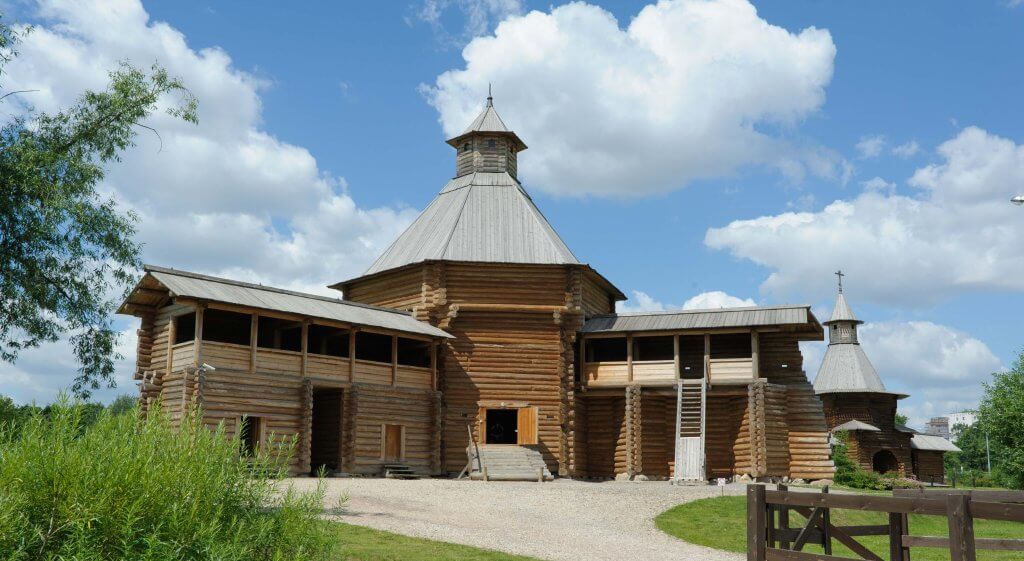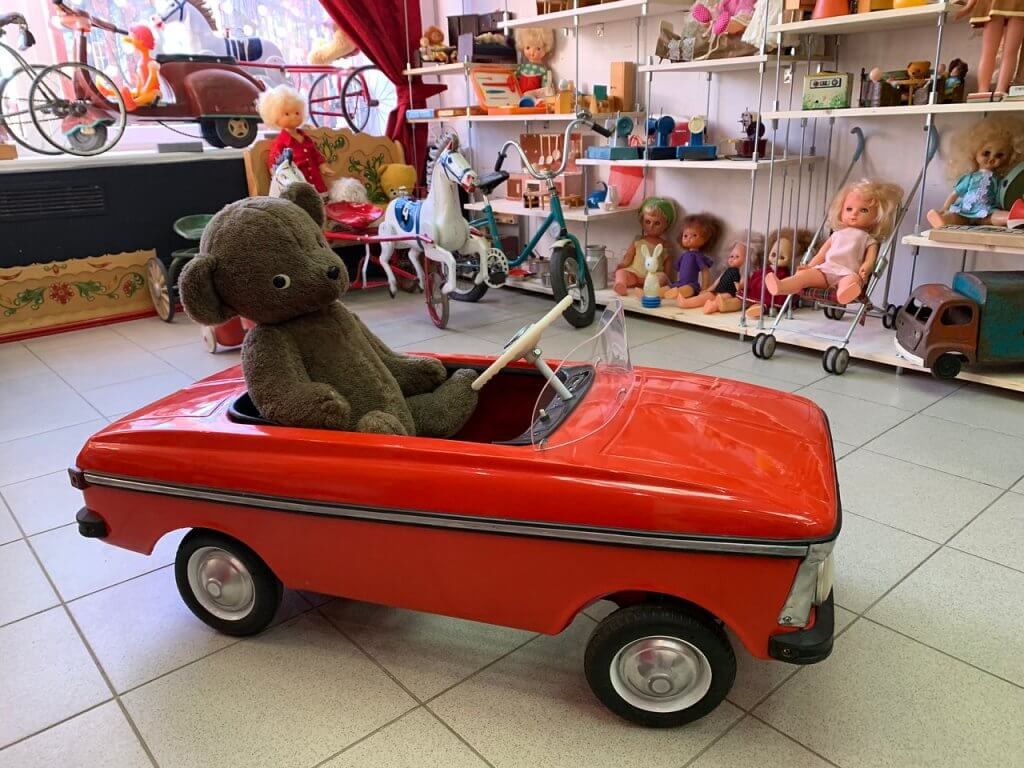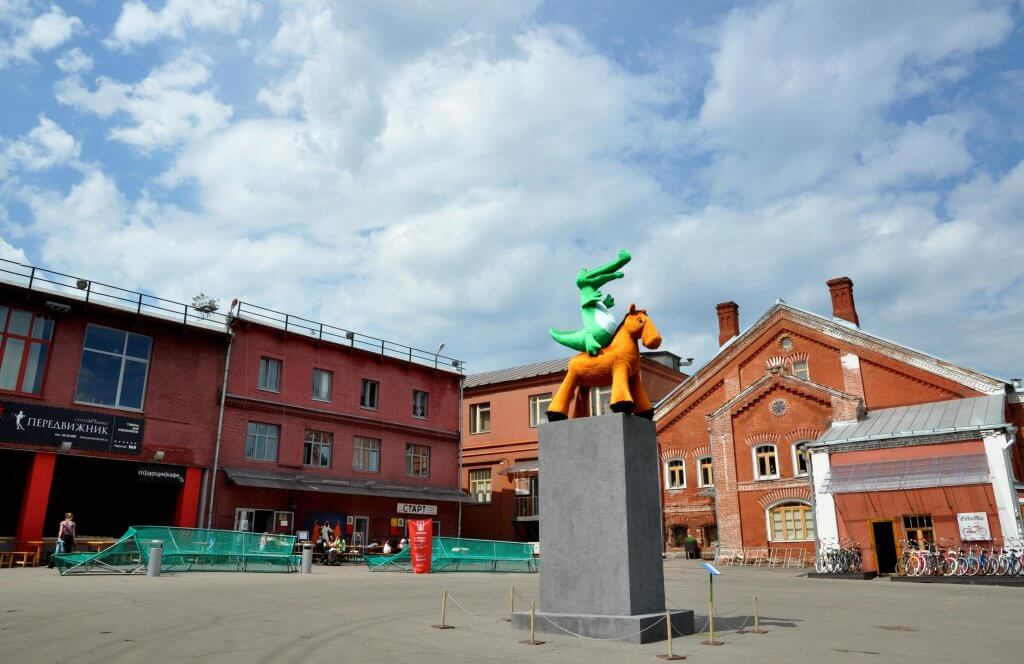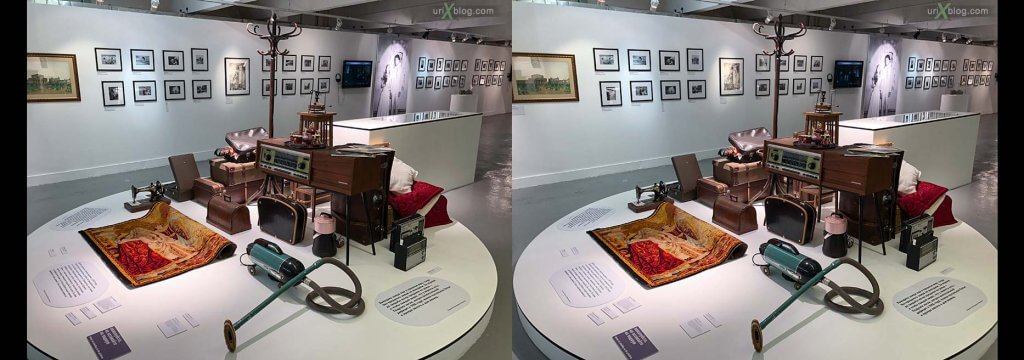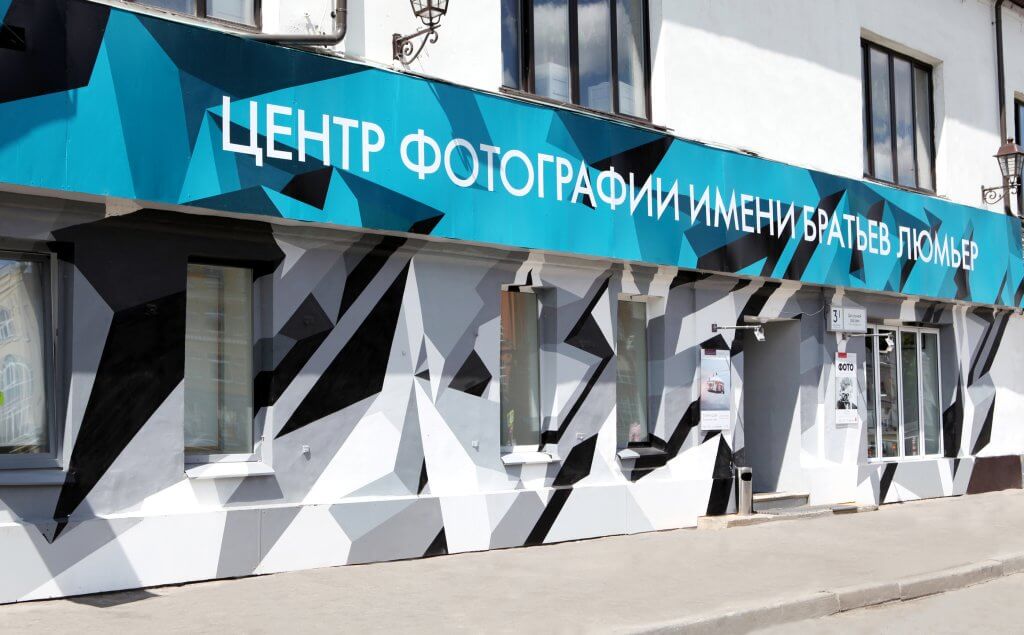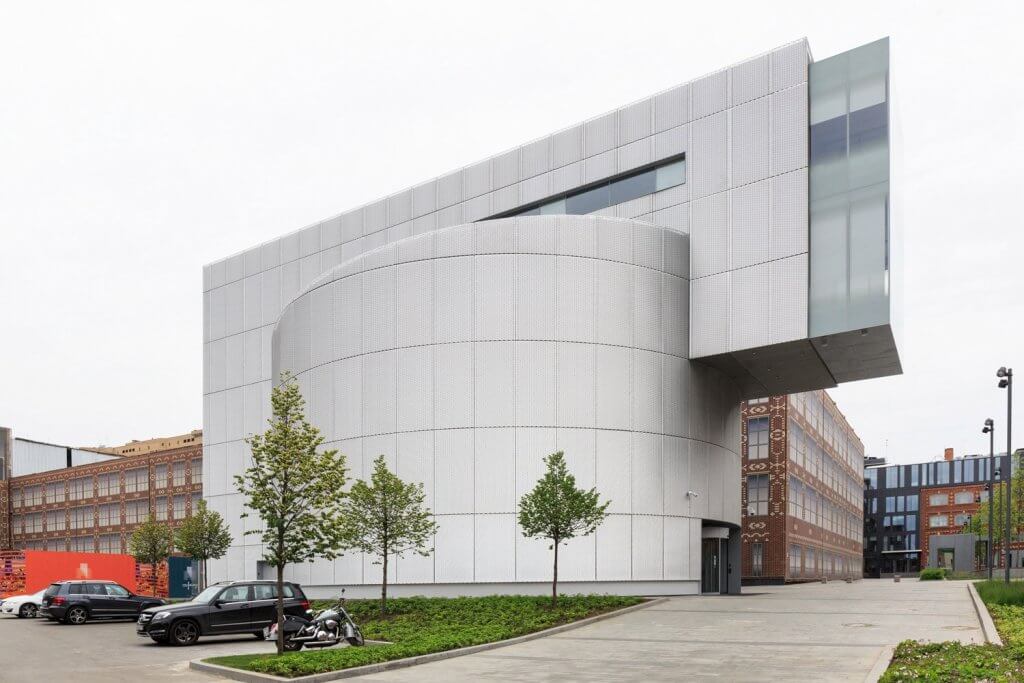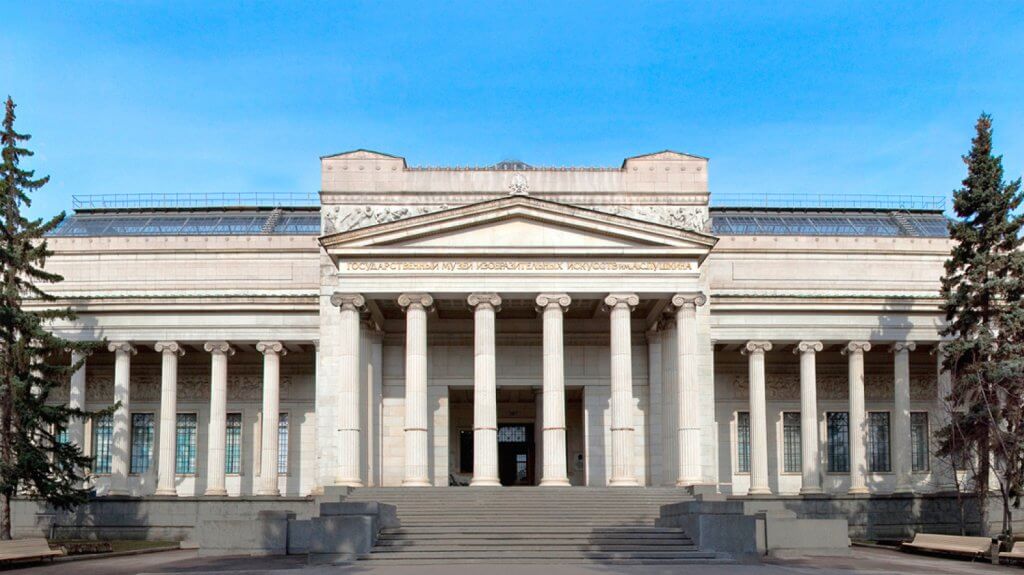A Taste of History
The Museum of Bread Moscow is a tribute to one of Russia’s most essential foods. Located in a former 19th-century bakery near Kitay-Gorod Metro, it traces the evolution of bread from a medieval staple to a symbol of Soviet resilience and modern gourmet culture.
Why Bread Matters in Russian Culture
Bread holds a sacred place in Russian tradition:
- Survival: How bread shortages shaped Moscow’s history, from famines to wartime rationing.
- Symbolism: Bread as a metaphor for hospitality, labor, and national identity.
- Innovation: From wood-fired ovens to gluten-free recipes in modern Moscow.
Key Exhibits to Explore
Medieval Baking
- Ancient Ovens: Replica of a 16th-century clay oven used in monasteries.
- Rye Bread Rituals: Tools for baking cherny khleb (black bread), a peasant staple.
Imperial Era
- Tsarist Tableware : Silver bread baskets from Catherine the Great’s banquets.
- Bakers’ Guild Artifacts : Uniforms, scales, and contracts from Moscow’s pre-revolutionary bakeries.
Soviet Bread Culture
- Communal Kitchens: A reconstructed 1950s kitchen with shared bread-baking equipment.
- Propaganda Posters: “Bread is the Head of Everything” — Soviet slogans promoting agriculture.
- Space Food: Bread tubes used by cosmonauts in the 1960s.
Modern Artisanal Movement
- Sourdough Lab: Learn how Moscow’s hipster bakeries craft khachapuri and borodinsky bread.
- Global Influences: Japanese, French, and Georgian baking techniques in today’s Moscow.
Hidden Gems You Might Miss
- The Secret Recipe Book: A 1920s handwritten collection of bread formulas smuggled out of closed USSR institutes.
- Bread Art: Sculptures made from dough, including a bust of Lenin from 1980.
- Sounds of Baking: An audio exhibit simulating the noise of Soviet factory ovens.
Practical Information
- Location: Ulitsa Bolshaya Ordynka, 25 (near Kitay-Gorod Metro).
- Opening Hours: 10:00 AM–7:00 PM (closed Wednesdays).
- Tickets: 400 RUB for adults, free for pensioners.
How to Make the Most of Your Visit
- Join a Bread-Making Workshop: Knead dough using Soviet-era techniques.
- Combine with Food Museums:
- Visit the Museum of Soviet Life to see how families baked in communal apartments.
- Explore vodka history at the State Historical Museum .
- Try the Museum’s Café: Taste prianik (gingerbread) based on 19th-century recipes.
The Science Behind Bread
The museum explains how Moscow’s climate and politics influenced baking:
- 1812 Fire of Moscow: How bakers saved sourdough starters during Napoleon’s invasion.
- Perestroika Era: The rise of black market bread and home baking during shortages.
- 2020s Trends: Moscow’s obsession with sourdough and organic flour.
Visitor Stories
- “The Soviet bread tubes blew my mind. Cosmonauts ate like that?!” — Alex, USA tourist.
- “Tried making borodinsky bread here — now I understand why it’s a symbol of Russia.” — Anna, local baker.
Conclusion
The Museum of Bread Moscow is more than a niche attraction — it’s a portrait of a nation through its most humble food. Walking through the exhibits, you’ll see how bread connected tsarist feasts, Soviet survival, and modern gourmet trends.
The journey begins with medieval ovens, where monks baked bread for pilgrims. By the 19th century, Moscow’s bakeries became hubs of innovation, supplying bread to Europe via the Trans-Siberian Railway. The Soviet era turned bread into a political tool, with state-controlled recipes and propaganda posters glorifying collective farms. Today, the museum’s café and workshops reflect Moscow’s rebirth as a foodie capital, where ancient traditions meet global trends.
What makes this museum unforgettable is its human stories. You’ll learn about:
- Anna Filippova, a 1940s baker who hid extra flour to feed orphans during WWII.
- Soviet food scientists who invented shelf-stable bread for Arctic missions.
- Modern chefs reviving forgotten recipes like kulebyaka (fish-filled pastry).
The museum also challenges visitors to think about bread’s future . Exhibits on lab-grown wheat and climate-resilient grains show how Moscow is adapting to 21st-century challenges. For a deeper dive into Soviet life, visit the Museum of Soviet Arcade Machines, where retro games and bread shortages coexisted.
Ultimately, the Museum of Bread Moscow is a reminder that even the simplest foods carry centuries of history. Whether you’re kneading dough in a workshop or tasting tsarist-era gingerbread, this museum connects you to Russia’s soul through its most iconic dish.



